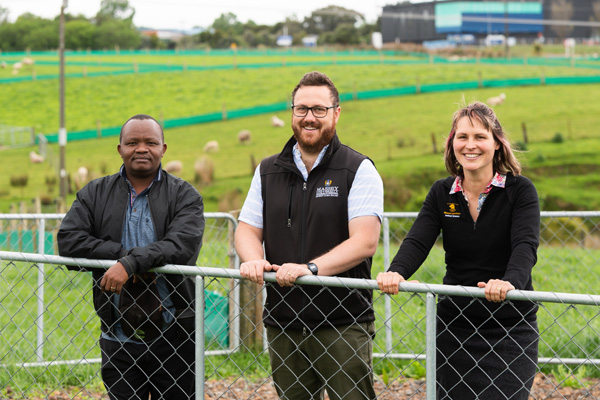Managing pesticide resistance threat
Pesticide resistance is a serious challenge for the farming sector – decreasing its ability to manage pests and diseases such as blackspot (apples), powdery mildew (a fungal disease affecting a wide range of plants), diamond back moth and weeds affecting ryegrass.

Pesticide resistance is a serious challenge for the farming sector – decreasing its ability to manage pests and diseases such as blackspot (apples), powdery mildew (a fungal disease affecting a wide range of plants), diamond back moth and weeds affecting ryegrass.
Farmers, industry and government all have a part to play to manage it.
Farmers can follow simple measures to keep ahead of the game. When applying pesticides, following label instructions ensures products are – and will remain – effective against the pests threatening the quality and yields of their crops.
Resistance issues can occur if products aren’t mixed properly and the dose of active ingredient is either measured in excess or below the prescribed amount on the label.
This can allow resistant populations to multiply.
Other measures include reducing the reliance on specific products and using pesticides with other pest management
strategies.
Crop rotation and alternating agrichemicals with different modes of action are strategies farmers can use to delay the development of resistant insects, weeds and diseases.
Pesticide resistance is cited by the Food and Agriculture Organisation of the United Nations as one of the main global concerns for the future success of agriculture. A loss of pesticide options could have important economic and environmental consequences for New Zealand.
“New Zealand is a small market for bringing in new pesticides. This limits the products offered to farmers and growers and increases the chances of resistance developing,” Agcarm chief executive Mark Ross says. “The government must continue to address regulatory delays to introducing new products, especially those that are
based on softer and greener chemistry, such as biopesticides.
The crop protection industry is committed to supporting best practice use of the industry’s products. It invests heavily in the research and development of new actives and products, and stewardship activities to ensure pesticides are not only economically viable and safe to use, but also environmentally sustainable.
Pesticides include herbicides, insecticides and fungicides and are used to manage pests – mainly insects, pathogens (fungi, bacteria and viruses etc) and weeds.
Pesticide resistance prevention and management uses pesticides in ways that delay or avoid resistance in pest populations, and depends on:
- Understanding the mechanisms of resistance and its development
- Reliable methods for monitoring and detecting resistance
- The availability of strategies to prevent or delay the development of resistance and minimise the impact of resistance that has already occurred.




